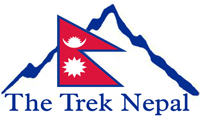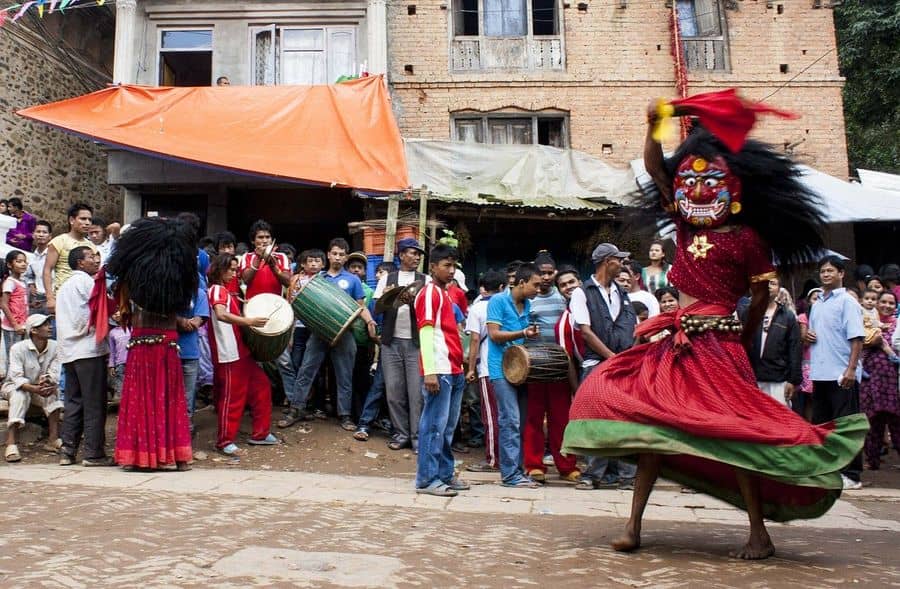Etiquette and culture of Nepal
Are you planning to travel to Nepal? If you are a foreigner and is willing to travel to Nepal soon, then this article is for you. It is utmost important to know the etiquette and culture of the place you are traveling to. So you need to know the etiquette and culture of Nepal before coming to Nepal. The etiquette of one place is different from others.
The culture and etiquette of Nepal has discrepancy from its neighbouring nation China or Bangladesh. Nepal, despite being a Hindu dominated country various people belonging to many religions co-exists. Similarly, multiple ethnic group live with harmony in a small Himalayan nation. All the religion and ethnic people have their own idiosyncrasies, customs and traditions.
Just like any other country, the people living in the Kathmandu valley are open-minded whereas people in the hinterland are parochial in their thoughts and therefore, it is obvious that for those people the western ways are uncanny and sometimes offensive. If the visitors travel further to the remote Himalayan region, dominated by the Buddhist, the foreigner’s way will not only be uncanny but also offensive. Therefore, it is important to know the culture of Nepal as well as etiquette of Nepal.
Greet with Namaste; avoid reaching out for a handshake
It is a common etiquette of Nepal among Nepalese is they approach to talk with foreigners, taking selfies and desiring to be a friend is a mundane thing, you will see in a street while roaming. While encountering strangers it is never wise to do handshake. During your stay it is wise to Nepalese with Namaste which means that you salute the godly nature that is present in the human you are greeting to. While doing Namaste two palms are held together and the head is bowed down if you are greeting to any person who is older than you are.
There is an unique tradition in each Nepalese to create a bond with each other. Therefore, while your stay in Nepal you will hear many common words like didi (“older sister”), bahini (“younger sister”), daai (“older brother”), bhaai (“younger brother”), buwa (“father”) and aamaa (“mother”) etc. after greeting with Namaste. Eg: Namaste buwa. This tradition is common in every nooks and corners of Nepal, therefore it is the most important phrase to learn: Namaste adding the words (daai, didi, baini, buwa or muwa) word you are addressing to.
Use you right hand while giving or taking things
It is advised to use the right hand while involving in giving and taking things. For example: Use you right hand while taking or handing the money from shop outlets. Using the right hand has etiquette significance in Nepal, it shows you are revering the person. To show further reverence it is advised to cross you left hand over the right elbow while involving in the exchange of goods or money.
Venerate locals and indigenous people
Even though it is tough to distinguish between indigenous and the common man at the first sight. It is always advised to the foreigners to show respect to the locals and indigenous people. The easiest way to separate indigenous with the common person is most oftently the locals appear in the antique attire whereas common people dress in mundane attire.
Eating etiquette in Nepal
It will be a common scene to see the people enjoying the meal with their right hands instead of using any sorts of cutlery or forks and spoons, except in the hotels and restaurants. Always use you right hand if you are trying to use you hand while eating. Likewise, while drinking water from the bottle of any sorts of water jar always pour water above the mouth rather than joining the bottle to your mouth. This is the etiquette in Nepal.
Donating etiquette in Nepal
Instead of providing money to the homeless and poor people feed them. However, the rule does not apply in every condition. You can give donation to the old-age home, homeless alm seekers in temples and holy shrines.
If you want to learn more about the best things of Nepal visit here. You will learn some amazing facts of Nepal through this article.

